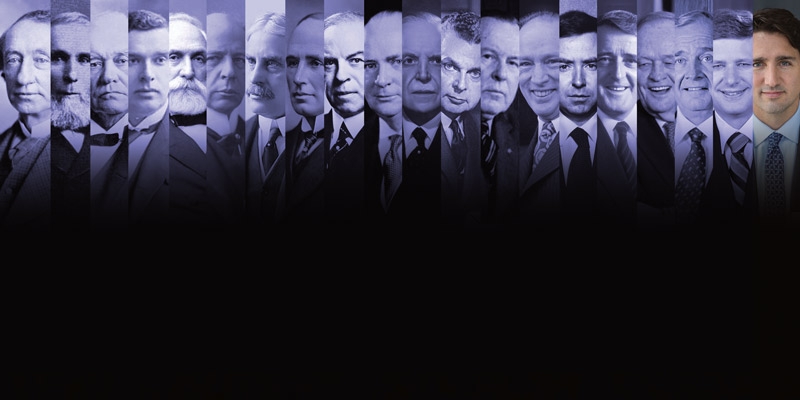Examining Federal Debt in Canada by Prime Ministers Since Confederation, 2020
— Publié le 4, February, 2020

Summary
- Canada’s 23 prime ministers have each left a legacy, and each of those legacies has an effect on all Canadians. One element critical to an analysis of each prime minister is whether he or she left the federal government more or less indebted than when first taking office.
- This bulletin measures the debt legacies of all prime ministers from 1870 to 2019. We examine the percentage change in inflation-adjusted gross debt per person during the tenures of various prime ministers. By accounting for population growth and inflation, the level of debt accumulated by each prime minister can be compared through Canada’s history.
- Historical context is vital to understanding the debt legacies of each prime minister. For instance, global conflicts such as World War I and World War II and multiple economic down-turns contributed significantly to the substantial growth in debt per person that occurred during the tenures of Sir Robert Borden (188.1 percent) and William Lyon Mackenzie King (145.2 percent).
- During economic downturns, the federal government collects less revenue and spends more as incomes decline and Canadians draw more on services such as Employment Insurance. These downturns contribute significantly to federal debt accumulation, but are out of the direct control of prime ministers.
- Prime Minister Justin Trudeau is projected to be the largest accumulator of federal debt per person (5.6 percent) among prime ministers who did not fight a world war or experience an economic downturn during their tenure. Sir Mackenzie Bowell and Sir John Abbott are the only other prime ministers in Canada’s history who have increased federal debt without facing a global conflict or an economic downturn.




